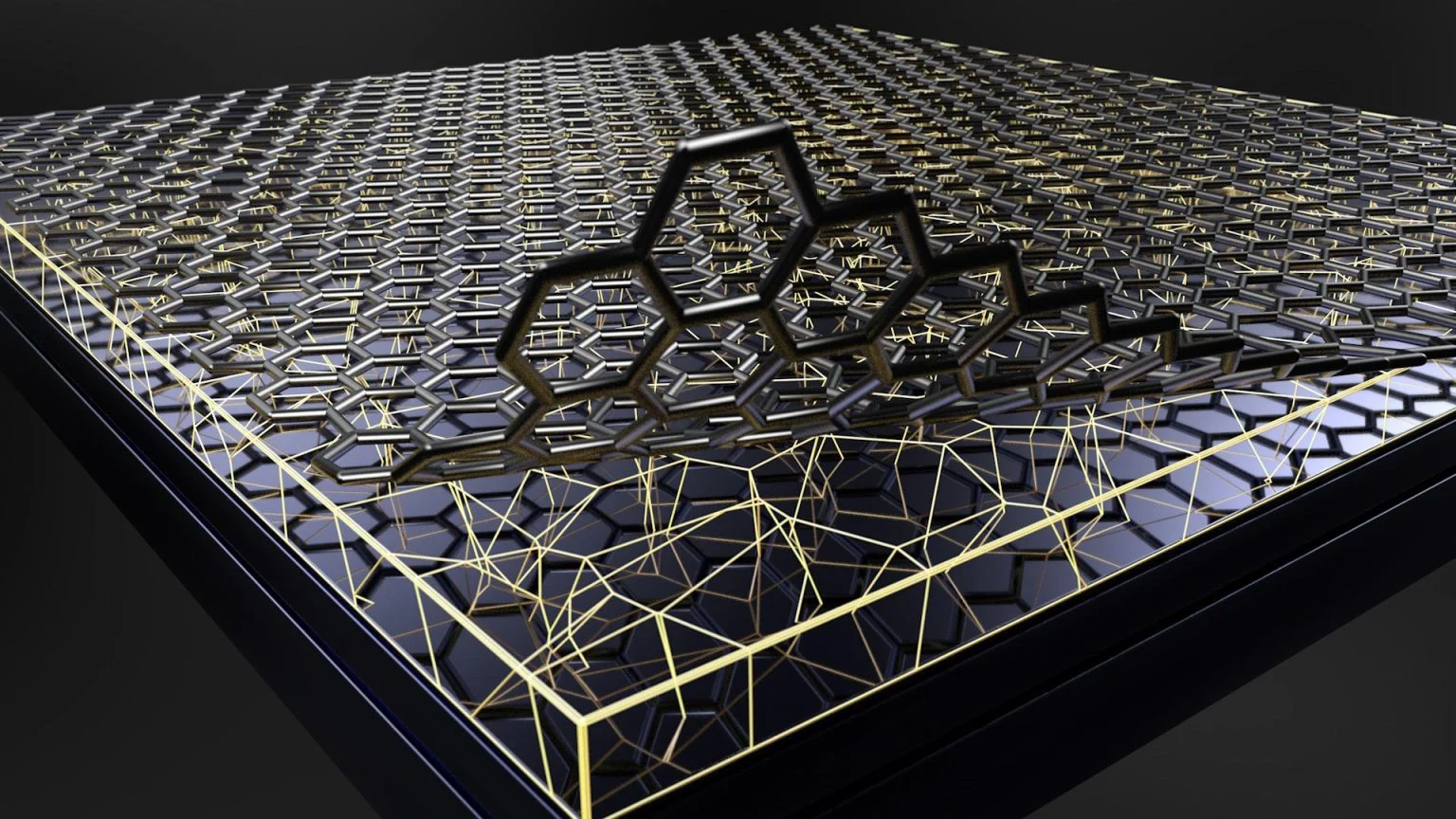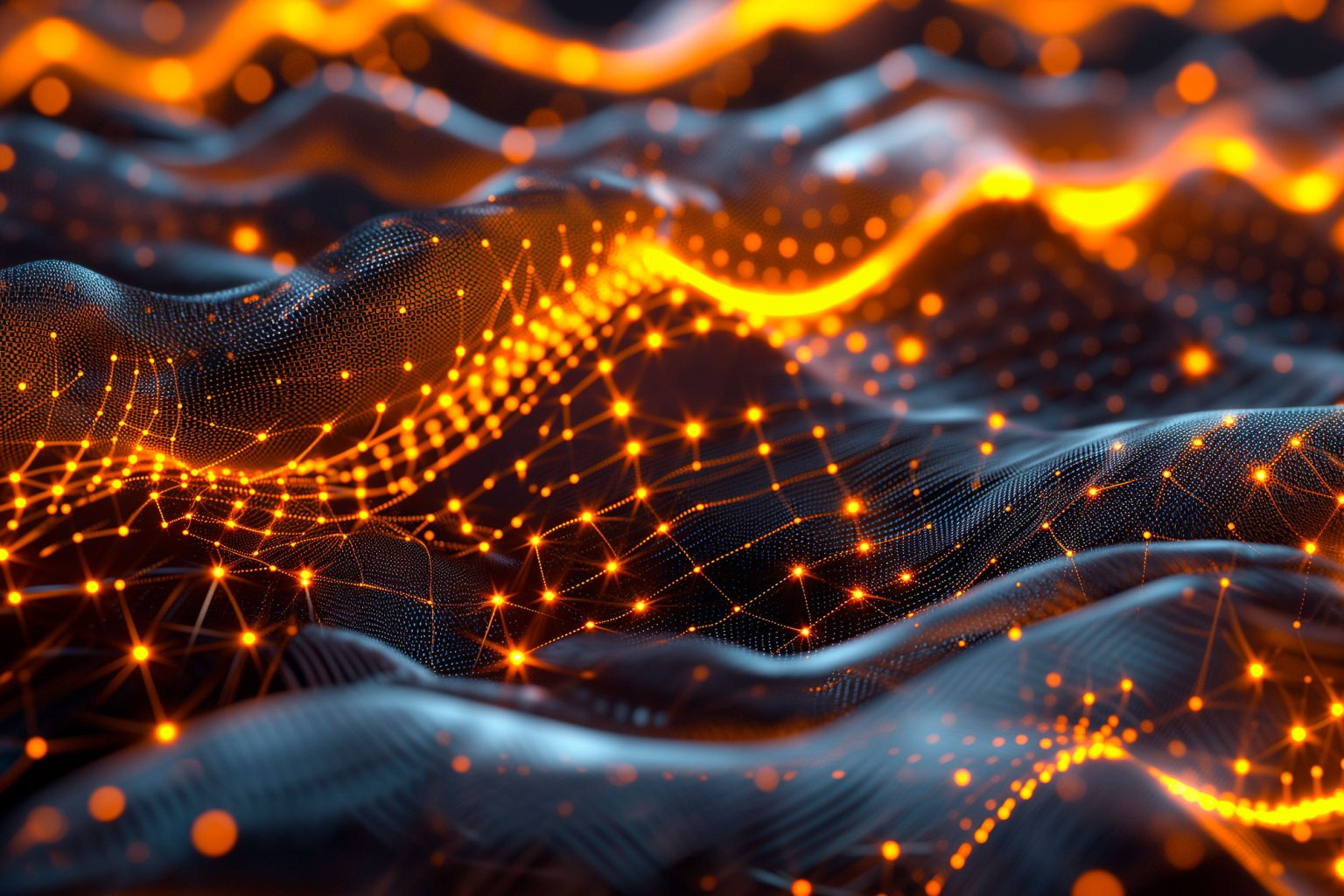The main question about gravity is how or where the quantum overpressure that pushes particles forms. In some models, the whisk-looking structure that forms particles would connect the gravitational radiation between them.
That forms the gravitational electric arcs or very small virtual particles in the main particle. And in that case, the energy that reflects from those virtual particles that could be gravitons push particles forward.
Gravitation and superstrings: superstrings act like rockets that move energy to another side of a particle from the direction of the gravitational center,
Gravitation will affect space. And pull quantum fields in the gravitational center. But can gravitation also affect individual particles? We can think that gravity is a complicated interaction. Gravity is the force that affects the wrong way.
When gravitational radiation hits particles they form an electromagnetic shadow or lower energy area at the front of the object, if we think that "front" is the direction of the gravitational center or travel direction. There is a possibility gravitational waves also consist of superstrings. Those are extremely thin waves.
Those superstrings would be small and thin wormholes. When a gravitational wave superstring hits a particle its front side would be at a higher energy level than the side behind the particle. And that means energy travels to the lower energy side. That lower energy side would be the electromagnetic shadow behind the particle.
When a superstring travels through a particle energy flows on it. And that superstring acts like a rocket engine that pushes particles forward to the gravitational center. The electromagnetic shadow pulls particles back. And the superstring drives them forward.
But then there is another model. In that model reflection forms a standing wave that denies the wave movement that comes from gravitational center impact with a particle. That causes a quantum freeze or electromagnetic shadow at the front of the particle. And backward-coming radiation or wave movement pushes particles forward.
The quantum vacuum that forms between a standing gravitational wave and a particle causes an effect that quantum fields that travel into it push the particle forward.
In that model gravitation is reflection. When gravitational radiation or gravitational waves impact particles they reflect. That causes an impact between wave movements with the same wavelength. Those waves form a standing wave until another wave movement pack must give up. Because wave movement cannot reach the front side of the particle it causes energy flow from backward to the front of the particle. In that model, the back-coming wave movement pushes the particle forward.
If an observer wants to measure an object's speed in the quantum system the observer must be outside that system.
The gravitational interaction with space explains why the speed of light can cross inside black holes. But if we want to see that thing, we must stand out of the black hole.
When we are in falling quantum fields that pull objects with them like rivers, we will see that the speed is zero. Same way as when a river takes a person with it, we can say that our speed, compared to the flowing water's speed is zero. Observers must stand at the river bank to measure our speed.
Gravity pulls quantum fields inside the black holes. And the speed of light is relative to those quantum fields. So the speed of light is always the same. If we sit in a craft that travels in falling quantum fields we would not see any changes, because we are inside the system.
When those quantum fields' speed increases the speed of light compared to the speed of those fields is the same. If we want to measure the changes in the speed of light, we must stay outside the system. In that case, we can measure the speed of light, and the speed of the quantum field.
Space is the quantum fields that form "space" in the universe.
Can we see the wormholes? The question is are the mysterious wormholes in the relativistic jets that are leaving from black holes? The model of the wormhole is the gravitational tornado. There is a possibility that a relativistic jet can transfer so much energy in it that gravitational waves can form a spiral structure. And if that is right the relativistic jets are the place where gravitational wormholes exist.
Relativistic jets are the highest energy places in the universe. The energy level inside them is so high that particles will not age in that high-energy plasma beam. That means the relativistic jets are electromagnetic wormholes, but is their energy level so high, that it can close gravitational spiral, or gravitational tornado in it?
A gravitational tornado explains why black holes are not expanding. The idea is that the black hole expands until the gravitational tornado that forms its rotational axle breaks itself through the event horizon. The idea in this model is that spiral gravitational field turns so dense, that gravitational waves cannot affect inside it.
Space or quantum fields around the gravitational center acts like air around the tornado. The gravitational tornado just moves quantum fields sideways. And that is its effect on space. When quantum fields move sideways other quantum fields must fall to that area. Called gravitational center.
And those quantum fields feed that quantum tornado. The gravitational radiation is like reflection radiation from that tornado, that forms swirling superstrings. The time dilation means denser energy or quantum fields around that quantum tornado.
The model goes like this: there is a gravitational tornado in the black holes and all gravitational centers. That tornado or gravitational whirl transfers quantum fields or space sideways and when a gravitational tornado moves quantum fields sideways, another quantum field must fall to that tornado.
The thing. That makes gravity interesting, and special it just pulls objects. Sometimes I wrote that gravity could be the force that affects space. The space means the quantum fields around the object. And those quantum fields will travel to the gravitational center.
If there is some kind of gravitational tornado that guides that radiation or quantum fields sideways to quantum fields that travel into the gravitational center, we can say that the gravitational center like a black hole just moves the quantum field into another direction. And that causes an effect where the quantum fields pull objects with them.
https://en.wikipedia.org/wiki/Wormhole





















